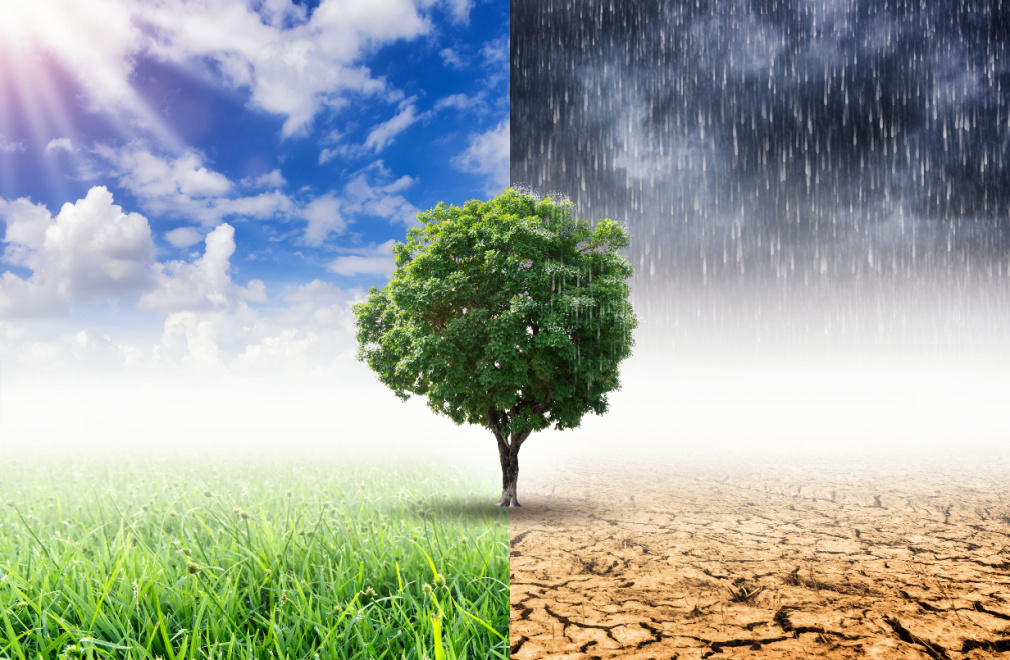
Power washing is one of the most effective ways to keep your home or business clean, safe, and visually appealing. But if you’ve ever wondered how often you should power wash your property, there’s one key factor many overlook: the local climate. 🌎🌡️
Weather and environmental conditions play a huge role in how quickly grime builds up — and how often you need to clean it off. From rainy regions that breed mildew to dusty desert environments that coat everything in grit, your location affects everything from frequency to technique.
In this article, we’ll break down exactly how different climates influence your power washing schedule — and what you can do to clean smarter, not harder. 💦
☀️ 1. Dry, Arid Climates (e.g., Southwest U.S.)
Think of places like Arizona, Nevada, or West Texas. These regions experience low humidity, minimal rainfall, and lots of wind-blown dust and sand. 🏜️
🧽 Common Issues:
- Fine dust and sand accumulation
- Paint fading and sun damage
- Hard water stains from irrigation systems
🗓️ Recommended Washing Frequency:
- Every 6–12 months for siding and patios
- Driveways and walkways: once a year
- Windows and solar panels: quarterly, especially if near construction zones
💡 Pro Tip: Use lower PSI on delicate surfaces to avoid blasting fine grit into siding or stucco.
🌧️ 2. Wet & Humid Climates (e.g., Southeast U.S.)
In areas like Florida, Louisiana, or coastal Carolinas, high humidity and frequent rain create ideal conditions for algae, mildew, and mold. 🌿☔
🧽 Common Issues:
- Green algae on siding and roofs
- Mold in shaded or poorly ventilated areas
- Slippery patios and decks from moisture buildup
🗓️ Recommended Washing Frequency:
- Every 6 months for siding, especially if shaded or near vegetation
- Roofs: every 12–18 months with soft washing
- Wooden decks and fences: annually
💡 Pro Tip: Use algaecide detergents and consider mold-resistant sealants.
🍂 3. Temperate, Mixed Climates (e.g., Midwest & Northeast)
These areas experience a full range of seasons, including snow, rain, heat, and leaf-heavy autumns. 🏠🌦️❄️
🧽 Common Issues:
- Salt stains from winter de-icing
- Leaf debris and tannin stains in fall
- Pollen buildup in spring
🗓️ Recommended Washing Frequency:
- Spring and fall are the ideal times for cleaning
- Driveways and sidewalks: annually, especially after winter
- Gutters and rooflines: inspect every fall
💡 Pro Tip: Use warm water washing in spring to remove stubborn salt stains.
Browse Amazon Here For Top Rated Power Washers And Accessories
🌬️ 4. Coastal Regions
Oceanfront homes face a unique challenge: salt. Salt spray can damage wood, metal, concrete, and even paint if not removed regularly. 🌊🧂
🧽 Common Issues:
- Salt corrosion
- Rust stains
- Mineral buildup on windows and walkways
🗓️ Recommended Washing Frequency:
- Siding and windows: every 3–6 months
- Driveways and patios: every 6–9 months
- Outdoor furniture and fixtures: monthly rinse
💡 Pro Tip: Use corrosion-resistant coatings and rinse often to minimize salt buildup.
🌲 5. Forested or Rural Areas
Homes surrounded by trees face challenges like sap, leaves, pollen, and shade-related moisture. 🍃🏡
🧽 Common Issues:
- Moss or lichen on roofs
- Debris in gutters
- Tannins staining concrete and siding
🗓️ Recommended Washing Frequency:
- Roofs and decks: annually
- Gutters: twice a year
- Walkways: every 6–12 months, depending on tree cover
💡 Pro Tip: Install gutter guards and trim overhanging branches to reduce buildup.
🔄 Seasonal Shifts: When to Wash Based on Weather
Aside from climate, timing is also critical. Here’s when to plan your clean:
| Season | Ideal Tasks |
|---|---|
| Spring | Wash away winter grime, salt, and mold |
| Summer | Deep clean decks, driveways, and patios |
| Fall | Clear leaves and prevent moisture buildup |
| Winter | Only spot cleaning if above freezing; store equipment properly |
🌡️ Rule of Thumb: Avoid power washing in freezing conditions or extreme heat. Aim for mild, dry days with temps between 50–80°F.
🧼 Why Matching Your Climate Matters
Using a one-size-fits-all approach to power washing can:
- Waste water and cleaning supplies
- Damage surfaces due to mistimed cleanings
- Let dirt or mildew take hold when it could’ve been prevented
By adjusting your cleaning schedule to your climate, you can:
✅ Extend the lifespan of surfaces
✅ Save money on repairs
✅ Keep your property looking amazing year-round
✅ Final Thoughts
The climate you live in directly affects how often — and how intensely — your property needs power washing. Whether you’re battling algae in a humid coastal town or wiping away red dust in the desert, tailoring your routine to your environment ensures the best results.
Don’t just clean when things look dirty — stay ahead of the grime with a schedule that suits your weather. Your home (and your wallet) will thank you. 🏡💦💰
Browse Amazon Here For Top Rated Power Washers And Accessories



